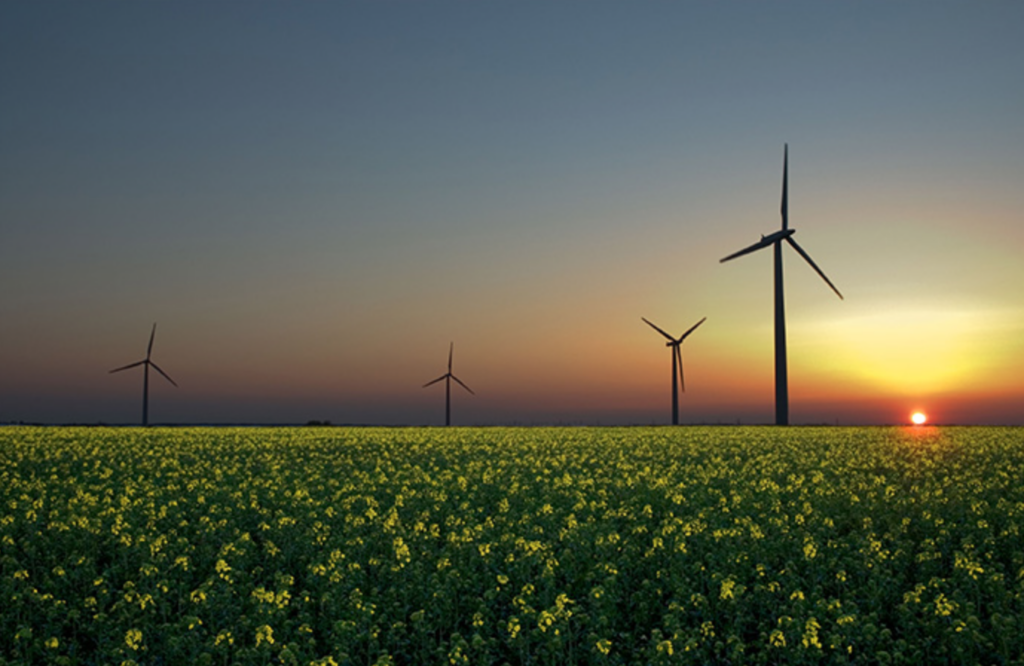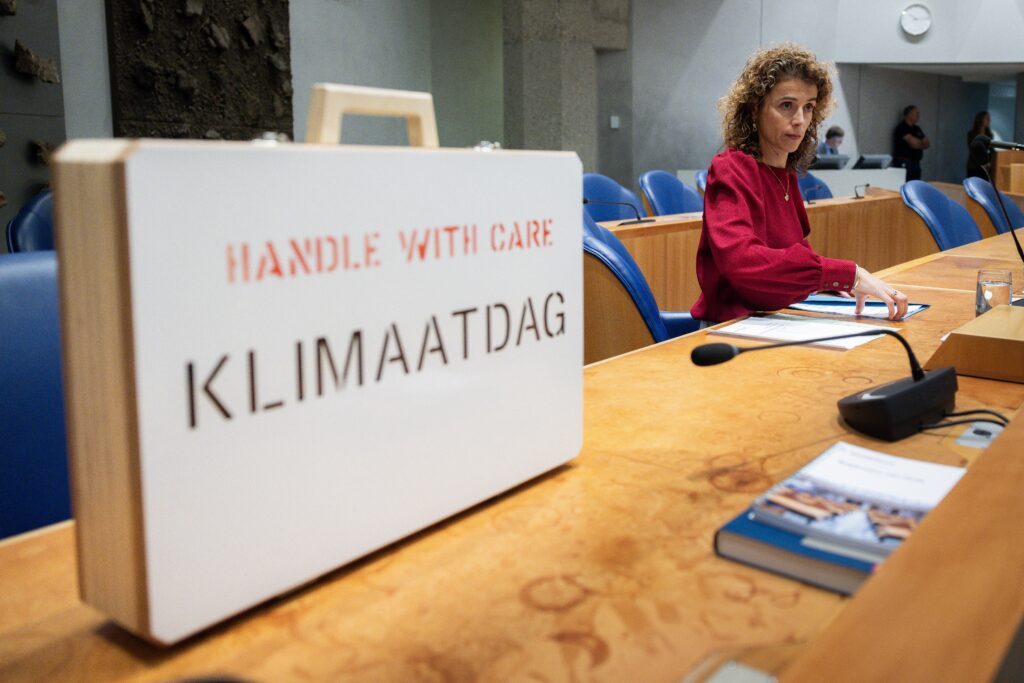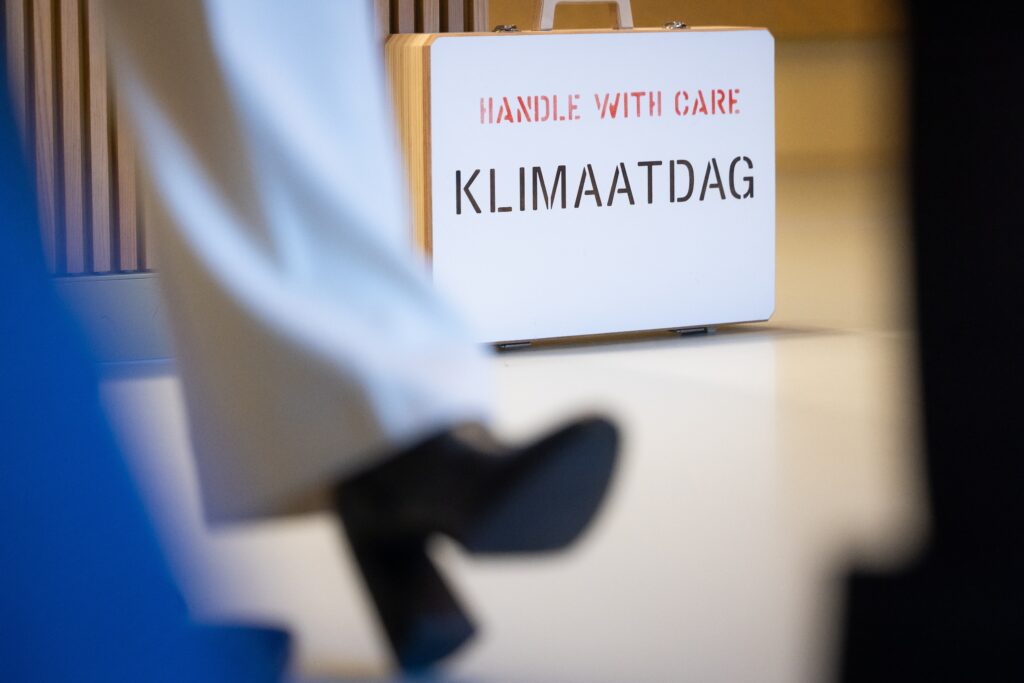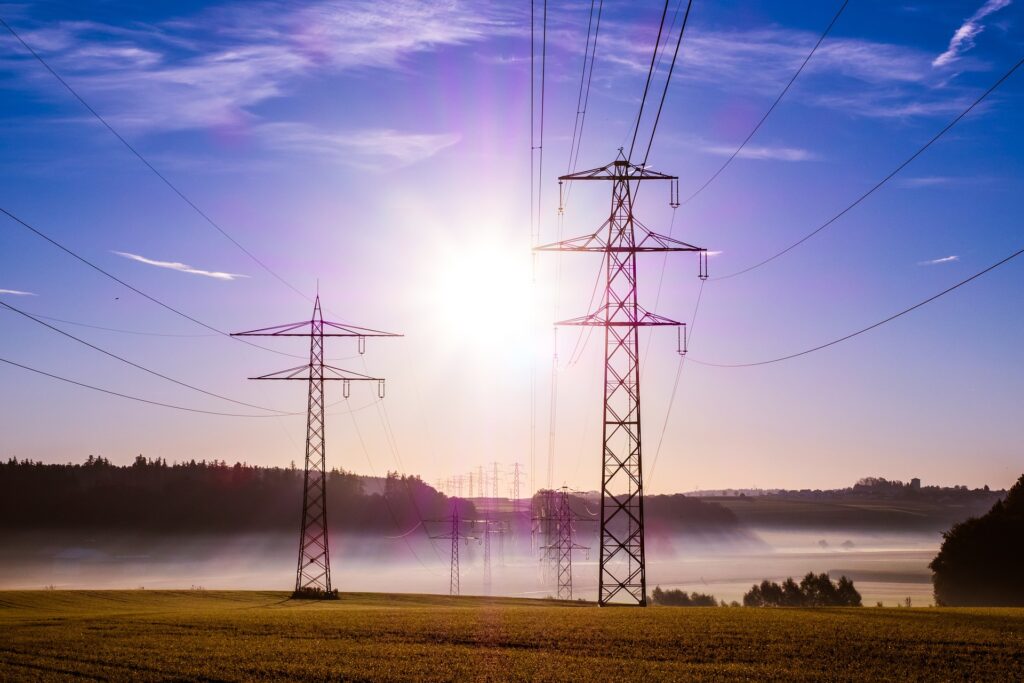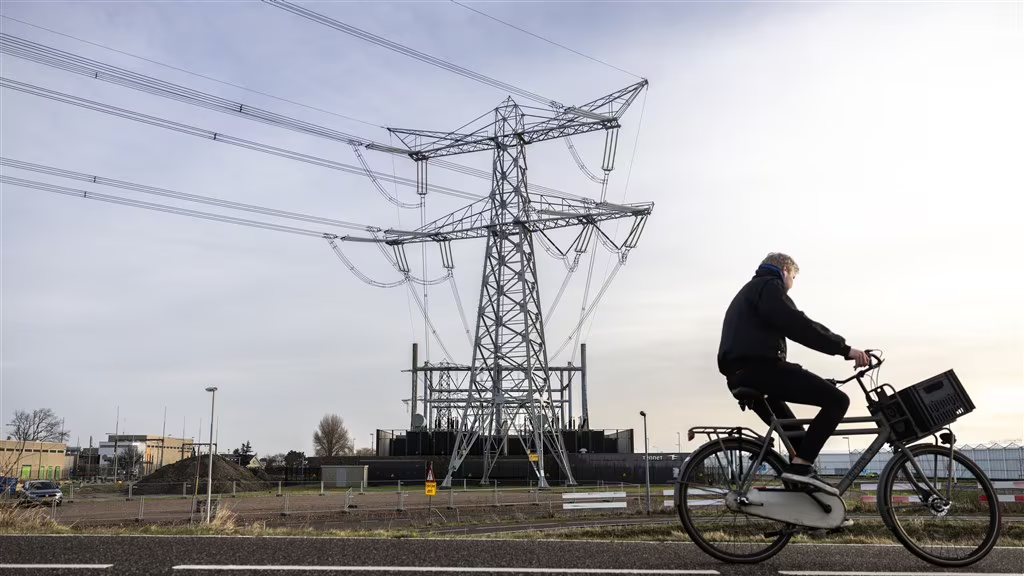Energie-Nederland appreciates the long-term vision of the National Energy System Plan (NPE) and calls for its rapid realization and implementation. The energy system is going to change significantly: solar and wind energy will meet the vast majority of our electricity demand, green hydrogen and green gas will become part of the energy mix, and the electricity grids will be expanded. This is an extremely large task that involves many choices and obstacles.
Outgoing Minister Jetten has therefore had a vision drawn up for the energy system in 2050 in order to manage the transition properly. This vision is called the National Energy System Plan (NPE). This plan must become the guideline for climate and energy policy for the coming period. Today, February 8, Members of Parliament will debate the NPE. Energie-Nederland is therefore examining the plan. Because what does it say? And what is needed to turn this vision into a step-by-step plan?
Focusing on long-term policy is good, but in the short term there are a number of major decisions that are needed to start the path to a CO2-free energy system as quickly as possible. Energie-Nederland therefore asks for extra attention to the following three matters:
- CO2-free adjustable power: when the sun doesn’t shine and the wind doesn’t blow, there is still demand for renewable electricity. Security of supply can be jeopardized if timely investment is not made in this flexible capacity. Clear additional policy is therefore a requirement to achieve this certainty.
- Revising grid tariffs: high grid tariffs should not prevent renewable projects. Therefore, ensure that, for example, electrolysers and batteries can fulfill their essential role in the future energy system by reducing the grid rates for these projects.
- Involving all parties in sustainable heating networks: the NPE focuses on collective heating networks to provide Dutch households with their heating needs. Energie-Nederland calls on private parties not to be left out of this transition as this will affect decisiveness and affordability.
The National Energy System Plan In the NPE, the government gives its vision of the energy system of 2050. It is an extensive document with several appendices, the gist of which is: a CO2-free energy system requires major investments from companies, active government guidance and sharp political choices about the use of scarce energy and space. The NPE therefore contains five guiding main choices, such as maximum focus on the supply and smart use of sustainable energy and energy infrastructure.
In addition, a development direction per energy chain (electricity, hydrogen, carbon and heat) has been drawn up. The electricity system must be CO2-free by 2035. This requires all forms of renewable production, both on land and at sea. In addition, converted gas-fired power stations and nuclear power stations can provide a diverse energy mix and a robust energy system. Furthermore, the share of carbon carriers in the energy mix is being reduced. In 2050, sustainable carbon carriers may only be used where there is no alternative, for example in chemistry. Energie-Nederland encourages the formulation of a long-term vision because the energy transition requires choices and decisiveness. Due to the outgoing status of the cabinet, the current final NPE unfortunately lacks a concrete implementation agenda. As a result, uncertainty still remains: for example, the NPE states that the Netherlands will produce green hydrogen on a large scale, but it is unclear how the required investments and electrification of the industry will be realized. Further elaboration with concrete time planning is necessary to turn this vision into a step-by-step plan towards 2050.

